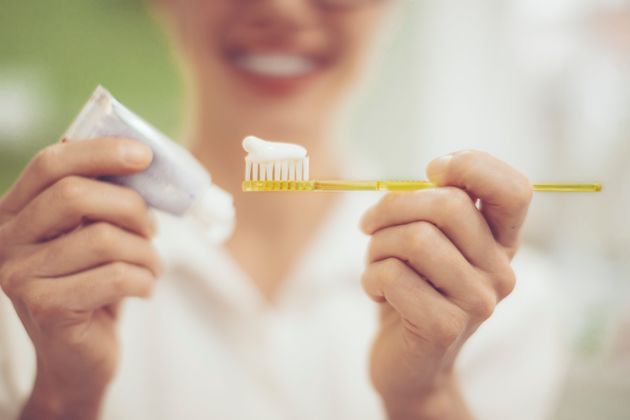You can no longer buy facial scrubs, soaps, shower gels and toothpastes containing microbeads, as the government’s ban on the sale of such “rinse-off” products has come into force.
But you may still have such products at home, lurking in your cupboard or by your bath. If you want to get rid of them, don’t wash them down the drain as by doing so you would be “contributing to the same problem this legislation is trying to correct”, Julian Kirby, plastics campaigner at Friends of the Earth tells HuffPost UK.
“Even though our water treatment system can filter some of the microbeads, a small percentage gets through, which adds up year on year.”

So, how should you go about disposing of microbead-filled products?
The best thing is to send your products back to the manufacturer and ask them to dispose of them appropriately, according to Greenpeace and Kate Metcalf, co-director at Women’s Environmental Network. “The manufacturers should be aware of the environmental impacts of their products. This could incentivise them to produce more sustainable products in the first place,” she adds.
Alternatively, Metcalf says that placing products in the bin is better than washing them down the drain or flushing them. “You can empty the contents of the product into the bin, wipe the container clean with toilet paper and place the tissue in the bin, then recycle the container itself if it’s made from recyclable material,” she explained.
Suncreams and makeup containing microbeads are not included in the ban, but if you plan to throw them out, you should dispose of them in the same way as the banned products.


